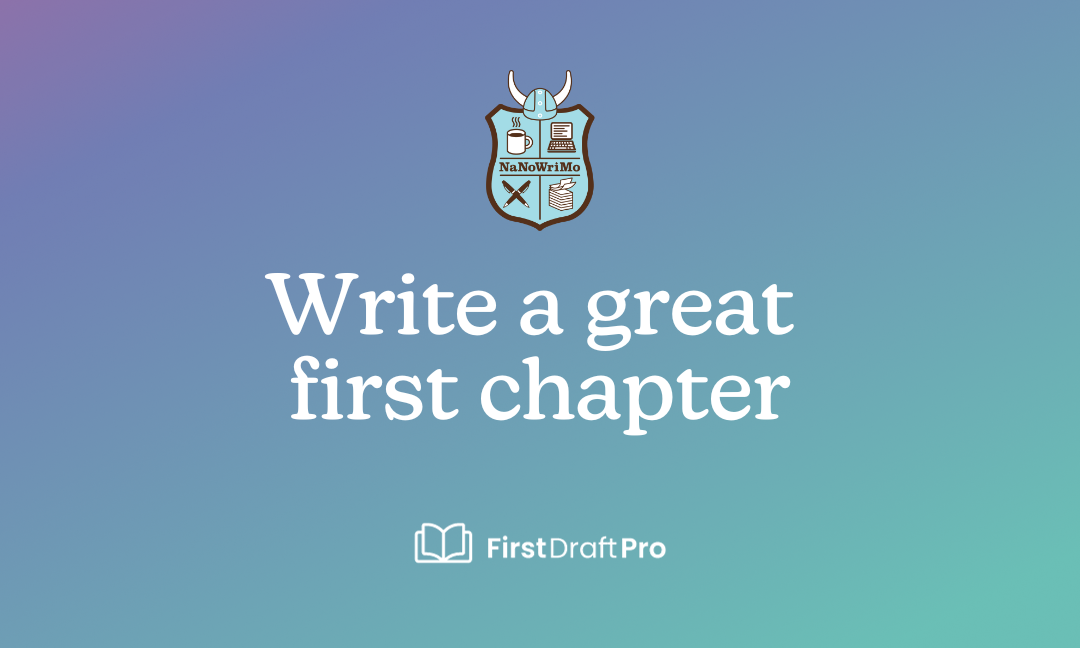Create an outline for your NaNoWriMo novel

We’re one week out from the start of Nanowrimo! If you’ve been following along with our Guide to Nanowrimo, you’ll have a solid foundation to kick off from on November 1st.
At this point in your preparation, you should have:
- A premise that briefly describes the main plot and primary conflict of your story.
- A synopsis that summarises your plot, covering the beginning, middle, and end.
- A good sense of your characters and their motivations.
Think about your story structure
The next step is to create a slightly more detailed story outline. If you are following the three-act structure, this is a helpful framework for thinking about the shape of your story, and how to build and release tension over the course of your narrative.

The three-act story structureThis is a very widely-used story structure, so your story-brain will already be familiar with it. We recommend it as a good place to start, especially if this is your first Nanowrimo.
Scaffold your story
Use your chosen structure to build out a scaffold for your story. You can work from beginning to end, or start with the pieces that speak to you and fill in the rest around those. Not everyone works in the same way and that’s okay! Broadly, the main beats will look something like this:
In Act 1, take your character from their current life to the decision to go after their goal.
- Set-up: Establish what ‘normal life’ looks like for your character. What do they want? How do their internal and external goals conflict? Paint a clear picture of who they are now, so that your reader can see how they’ve transformed by the end of the story.
- Catalyst: Introduce an ‘inciting incident’ that challenges your character and drives them to act.
- Debate: Make your character’s motivations clear and have them accept the call to action, either willingly or begrudgingly.
In Act 2, show your character in pursuit of their goal, encountering highs and lows as they struggle to get it.
- Fun and games: Now it’s time to deliver on the promise of your premise. Depending on your chosen genre, we’re talking high-stakes bank robberies or adorable date montages. Give your readers what they came for!
- The bad guys close in: Dial up the tension as your character encounters something bigger that they have to overcome. Burst their bubble! Let things go badly!
In Act 3, guide your character from the depths of their misery to some kind of resolution.
- All is lost: Realise your character’s worst possible outcome. But, just as they think they’ve failed completely, let them glimpse a chance at redemption.
- Finale: Let your character confront the primary source of conflict with renewed insight and come to some kind of resolution. For your final image, consider how things are different for your character now, compared to when they started out.
The power of a great outline

Once you have a good sense of your story scaffold, you can put your ideas directly into the scene cards in First Draft Pro and use these as scene prompts while writing.
Be guided by your outline, but don’t feel beholden to it. Break the mould, bend the rules, or take a detour if you like! Your outline will be there to show you the way if you need it.








